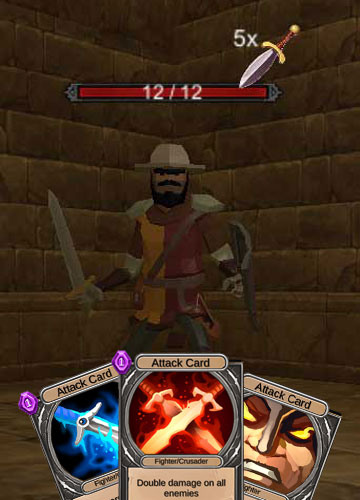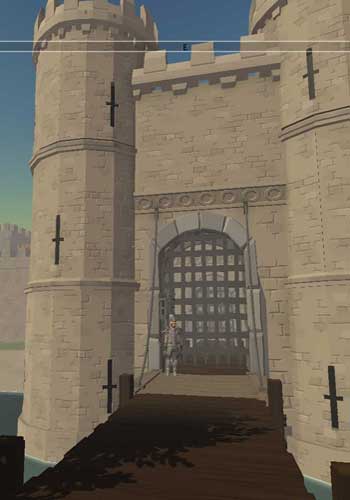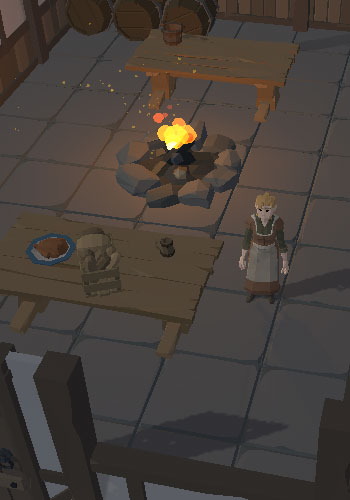 he Old-English word for a settlement was a 'tun' which over time became the word we use today, town. The number and size of towns started to grow after the Norman Conquest in 1066 but in the medieval period agriculture was the most important job that a person could do. Even those who lived in towns would have worked in the fields around them. At harvest-time other trades would be suspended so that as many hands as possible could gather the crops. Many towns grew up where there was a natural advantage, e.g. at natural harbours, river crossings and at major crossroads where people could set up shops to sell to passers by. Some of these towns have names that reflect their position such as Cambridge and Oxford where easy river crossings could be controlled.
he Old-English word for a settlement was a 'tun' which over time became the word we use today, town. The number and size of towns started to grow after the Norman Conquest in 1066 but in the medieval period agriculture was the most important job that a person could do. Even those who lived in towns would have worked in the fields around them. At harvest-time other trades would be suspended so that as many hands as possible could gather the crops. Many towns grew up where there was a natural advantage, e.g. at natural harbours, river crossings and at major crossroads where people could set up shops to sell to passers by. Some of these towns have names that reflect their position such as Cambridge and Oxford where easy river crossings could be controlled.
Desktop/Laptop version

Explore a Medieval Theatre
Explore this medieval theatre....
Mobile/Tablet Version
This is a detailed reconstruction and should work on a high-end mobile and tablet devices. It is built using the the Unity 3D game engine.
This may take a while to load and the screen will go blank, but please be patient.
Click image or button below
Having problems entering the theatre? click here
More reconstructions
Etal, the Border Castle

How about exploring a Northumberland castle built near the Scottish border. An excellent example of a tower house with improved fortifications.
A Motte and Bailey Castle

You may also be interested in exploring a motte and bailey castle. Hundreds of these early medieval castles were build all across Europe.
A Norman Square Keep

You may also be interested in exploring a Norman square keep similar to the one built in the reign of King Henry II at Dover Castle.
White Tower at the Tower of London

How about exploring all four floors of the White Tower at the Tower of London, the castle built by William the Conqueror after the Norman Invasion.
Explore the Medieval Village

Explore a medieval village, complete with manor house, church, market place and houses.

More castle pages
Pages in this section
Types of castles
Pages in this section
- Introduction and simple keep example
- Tower of London plans and 3d model
- Middleham Castle floor plans
- Hedingham Castle floor plans
- Dover Castle floor plans
- Timeline of Square Keep construction
- Explore 3d reconstructions
Castles
- Castle Index Page
- Why build and live in castles
- Castle development timeline
- Early Fortifications
- Keep and bailey castles
- Castles of William the Conqueror
- Motte and bailey castles
- Square keeps
- Shell-Keeps
- Polygonal Keeps
- Concentric Castles
- Castles of Edward I
- Medieval Castle Builders
- Medieval Siege Tactics
- The Trebuchet
- Siege Towers
- Parts of a castle
- Location of 300+ UK castles
- Location by UK county










